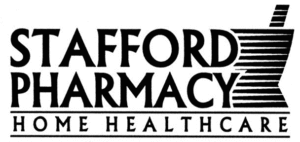When you have high cholesterol, you are at a higher risk of having a heart attack or stroke. The problem is, you likely don’t feel sick. Heart disease is a silent killer, meaning there are no symptoms to warn you that you are sick. The only way to know if you have plaque build up in your arteries is to have your blood cholesterol levels measured by having a simple blood test done.
When you have your “cholesterol levels” measured, typically the doctor or pharmacist is ordering a lipid panel. The lipid panel consists of 4 main components:
1) Total cholesterol – the total amount of cholesterol in your blood, including both the good and the bad cholesterol.
2) Low Density Lipoprotein (LDL) – this cholesterol is the known as the bad cholesterol. When LDL levels in the blood are too high they lead to plaque build up in artery walls.
3) High Density Lipoprotein (HDL) – this cholesterol is known as the good cholesterol. We want HDL levels to be high as HDL carries the LDL away from the artery walls.
4) Triglycerides (TG) – are the most common type of fat in your body. When elevated they appear to speed up the process of plaque build up in artery walls.
If you are found to have elevated cholesterol or triglycerides, the doctor/pharmacist will recommend changes to your diet and exercise. Dietary changes include avoiding saturated fats and refined carbohydrates and increasing consumption of fruits, vegetables, nuts, and seeds.
It is also possible that you may require medication to help lower your cholesterol. If medication is included, this drug regime would be in addition to your diet and exercise strategy and not instead of these important lifestyle changes.


